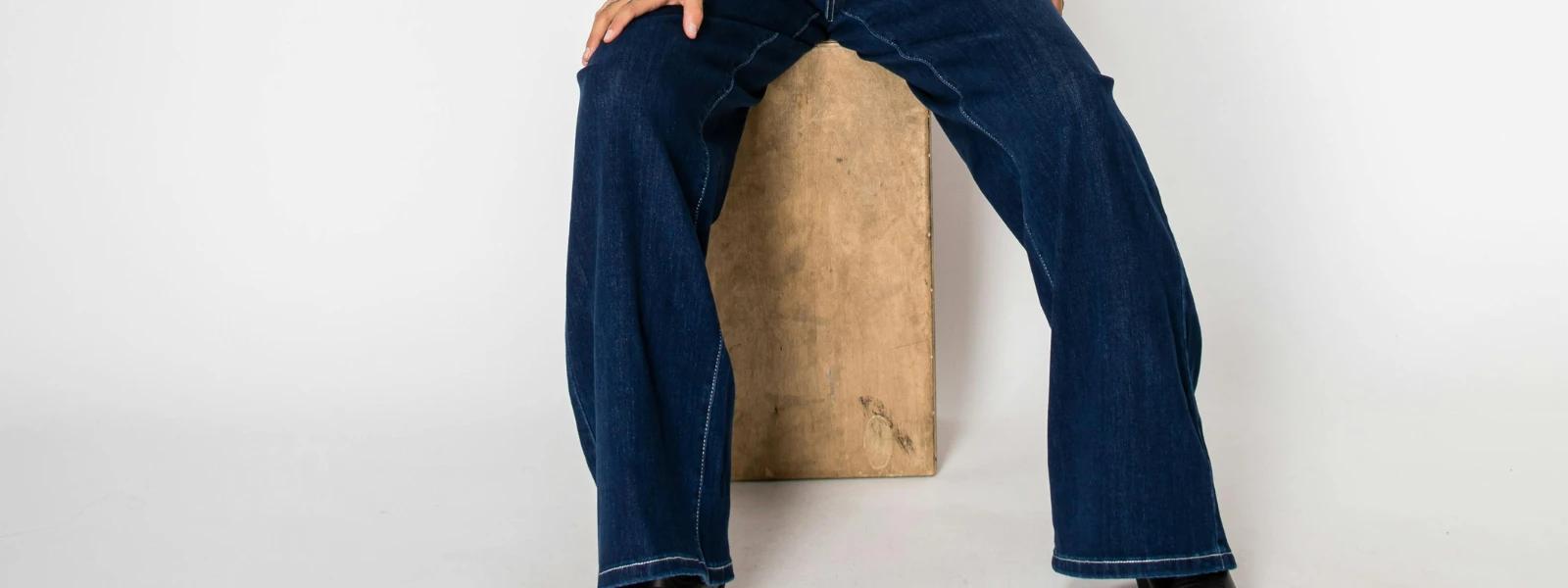How to Tailor Tapered Pants for a Perfect Fit: Step-by-Step


Getting the perfect fit from your tapered pants can make all the difference in how you look and feel. Whether you're working with slim fit pants or transforming regular trousers into tapered leg trousers, knowing how to tailor them yourself saves money and gives you complete control over the fit.
The beauty of tailoring lies in creating clothes that work specifically for your body. With the right approach, you can turn any pair of pants into the perfect slim leg pants that complement your style.
Before diving into tailoring, it helps to understand what makes tapered pants unique. These pants gradually narrow from the knee down to the ankle, creating a sleek silhouette that works for both casual and dressy occasions.
Straight leg pants maintain the same width from hip to hem, while skinny pants hug the leg throughout. Cigarette pants offer a similar tapered look but typically end at the ankle with a more dramatic taper.
The key difference with ankle pants and cropped pants is the length - they're designed to hit above the shoe line. Slim cut trousers combine the comfort of regular pants with a more fitted appearance.
You'll need a few basic tools: fabric scissors, measuring tape, pins, seam ripper, and either a sewing machine or needle and thread. A good iron is essential for pressing seams and creating clean lines.
Start by trying on your pants and pinching the excess fabric where you want the taper to begin. Usually, this starts around the knee area. Mark these spots with pins while wearing the pants, or have someone help you.
Take your measurements carefully. Measure your waist, hips, thigh, knee, and ankle circumference. Also measure the inseam length to determine if you need to adjust the overall length.
Turn your pants inside out and lay them flat. Using your pinned measurements as a guide, draw a gradual line from the knee to the ankle using chalk or washable fabric marker. This line should create a smooth taper.
For tailored pants that look professional, make sure both legs match exactly. Fold one leg over the other to compare your markings.
Cut along your marked lines, leaving about half an inch for seam allowance. If you're creating ankle pants or cropped pants, now's the time to adjust the length too.
Sew the new seam using a straight stitch. For stretch fabrics, use a slight zigzag stitch to maintain flexibility. Press the seam open with your iron for a clean finish.
Decide on your final length. Cropped pants typically hit mid-calf, while ankle pants end just above the ankle bone. Regular tapered pants can break slightly on your shoes or sit right at the shoe line.
Fold the hem to your desired length and press. Sew with a blind hem stitch for an invisible finish, or use a regular hem if you prefer a more casual look.
If your pants are too loose in the seat or thigh area, you can take them in from the back seam. This requires more skill but creates a better overall fit for your slim cut trousers.
For a true cigarette pants look, you might need to taper from the hip down rather than just the knee. This creates a more dramatic silhouette but requires careful measuring and cutting.
When working with different fabrics, adjust your approach. Denim requires stronger thread and needles, while lightweight cotton is more forgiving for beginners.
Start with pants you don't love too much in case you make mistakes. Practice makes perfect, and your first attempt might not be your best.
Take before and after photos to track your progress. This helps you see what techniques work best for different styles of slim leg pants.
Consider the proportions of your outfit. Tapered pants work great with fitted tops, while looser tops might need a less dramatic taper to maintain balance.
Remember that good tailoring takes time. Rush jobs usually show, so plan to spend a few hours on each pair of pants you modify.
With practice, you'll develop an eye for what looks good and gain confidence in your tailoring skills. Soon you'll have a wardrobe full of perfectly fitted tapered pants that make you look and feel great every time you wear them.
Most pants can be tapered, but the amount depends on the original cut and fabric. Straight leg pants are easiest to modify, while already skinny pants have limited room for adjustment.
You can absolutely hand-sew your alterations. It takes longer, but the results can be just as good. Use small, even stitches and take your time.
Try on your pants at each step. You should be able to sit comfortably and move freely. If the fabric pulls or feels restrictive, you may need to let out the seam slightly.
Press your finished tapered pants with a hot iron to set the seams. Use a pressing cloth for delicate fabrics to avoid shine or damage.
Check all your seams for loose threads and trim them clean. A well-finished seam makes the difference between homemade-looking and professionally tailored pants.